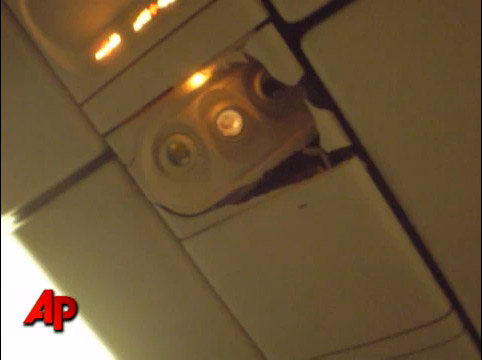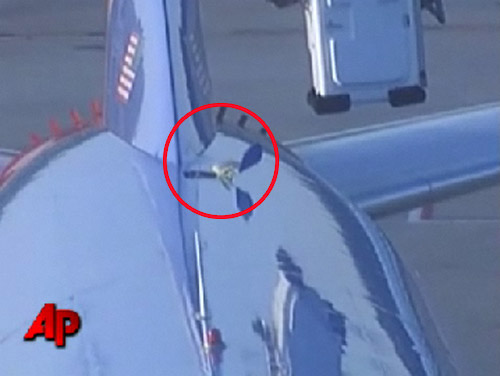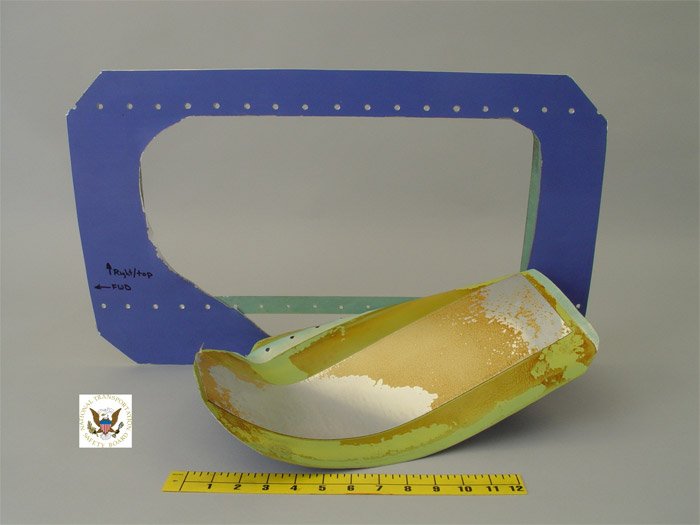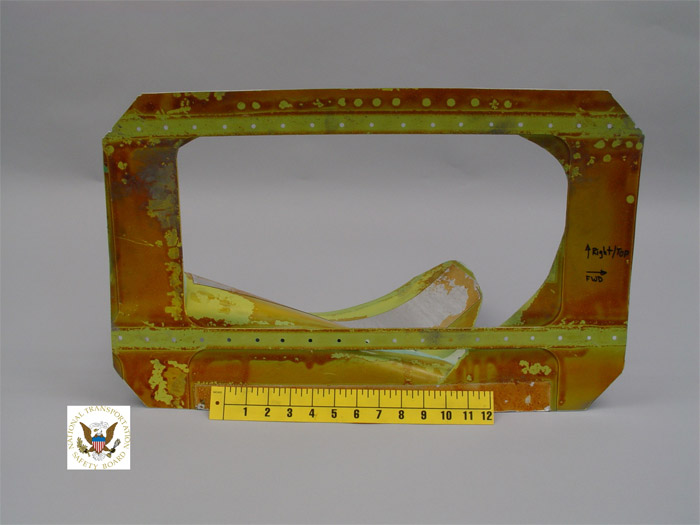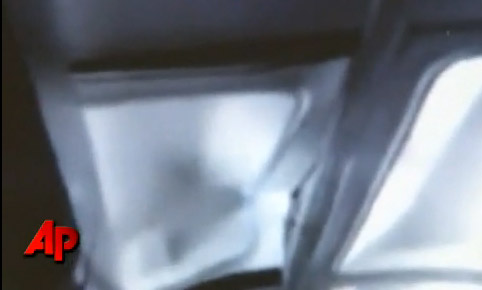The U.S. Department of Transportation’s Federal Aviation Administration (FAA) today changed its certification standards for transport category airplanes to require either the automatic activation of ice protection systems or a method to tell pilots when they should be activated.
The new rule requires an effective way to ensure the ice protection system is activated at the proper time. The rule applies to new transport aircraft designs and significant changes to current designs that affect the safety of flight in icing conditions. There is no requirement to modify existing airplane designs, but the FAA is considering a similar rulemaking that would cover those designs.
“We’re adding another level of safety to prevent situations where pilots are either completely unaware of ice accumulation or don’t think it’s significant enough to warrant turning on their ice protection equipment,†said FAA Administrator Randy Babbitt.
Under the revised certification standards, new transport aircraft designs must have one of three methods to detect icing and to activate the airframe ice protection system:
- An ice detection system that automatically activates or alerts pilots to turn on the ice protection system;
- A definition of visual signs of ice buildup on a specified surface (e.g., wings) combined with an advisory system that alerts the pilots to activate the ice protection system; or
- Identification of temperature and moisture conditions conducive to airframe icing that would tip off pilots to activate the ice protection system.
The standards further require that after initial activation, the ice protection system must operate continuously, automatically turn on and off, or alert the pilots when the system should be cycled.
The FAA has previously addressed activation of pneumatic deicing boots on many aircraft models by requiring activation of boots at the first sign of ice accumulation. This new certification standard further increases safety by not relying on the pilot alone to observe whether the airplane is accumulating ice. Also this certification standard applies to all types of ice protection systems, not just pneumatic deicing boots.
The full text of the final rule is available at: http://edocket.access.gpo.gov/2009/E9-18483.htm
Related:
Video – Icing on Horizontal Stabilzers
Source: FAA


